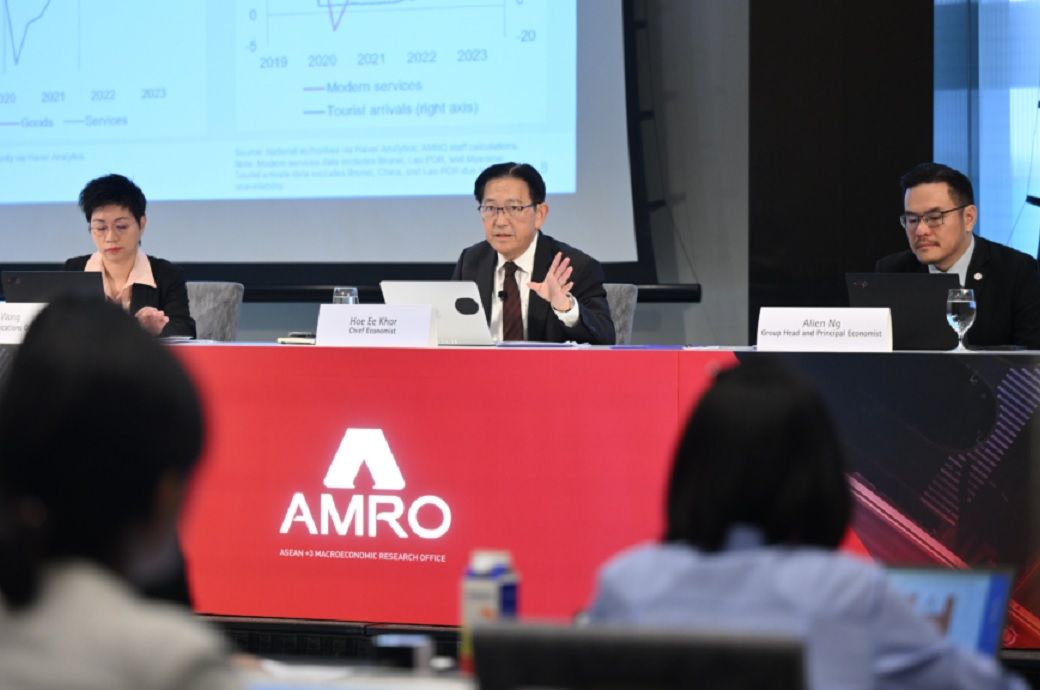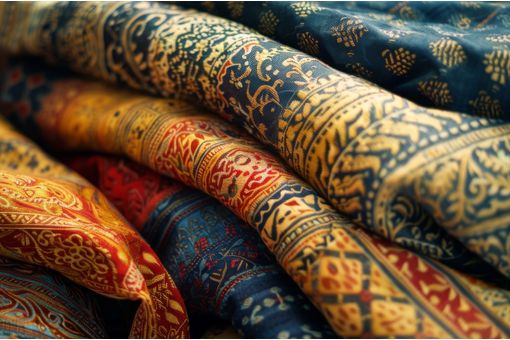ASEAN+3 economic outlook brightens, but challenges loom, says AMRO

Insights
- AMRO forecasts a 4.5 per cent growth for the region in 2024, slightly up from 2023, with a modest decrease to 4.2 per cent in 2025.
- The uplift is attributed to strong domestic demand, a potential rise in exports, and a tourism rebound.
- Despite the positive outlook, AMRO warns of risks like commodity price spikes and geopolitical tensions.
The report attributes this year's economic uplift to robust domestic demand, fuelled by rising household incomes and a revival in investment activities. A potential upturn in exports, particularly buoyed by a global surge in chip production, alongside a resurgence in tourism, is expected to further bolster the region's economy, as per the report.
The ASEAN subgroup is predicted to outpace the broader region slightly, with growth rates of 4.8 per cent and 4.9 per cent for 2024 and 2025, respectively. The Plus-3 countries (China, Japan, and South Korea) are forecast to maintain solid growth at 4.3 per cent and 4.1 per cent over the same period.
Inflation in the region, excluding Lao PDR and Myanmar, is anticipated to ease from 2.8 per cent in the previous year to 2.5 per cent in 2024, with a further decline to 2.3 per cent expected in 2025, thanks to the stabilisation of global commodity prices.
“A sudden spike in global commodity prices, weaker-than-expected growth in China, or escalating geopolitical tensions could turn the tide for the region,” said AMRO chief economist Hoe Ee Khor. “Now that the current outlook is quite positive, given robust growth and gradual disinflation, ASEAN+3 economies need to rebuild policy space as much as they can.”
“Revitalising growth requires boosting investment and embracing technology to raise productivity and resilience, especially of smaller firms,” said Khor. “Stepping up regional collaboration can be instrumental in achieving this goal.”
Despite the positive outlook, AMRO cautions against complacency, highlighting ongoing challenges such as the lingering effects of the COVID-19 pandemic on the economy, labour market, and infrastructure development. The report stresses that most economies in the region have not yet regained their pre-pandemic growth momentum, particularly in capital formation, the report said.
AMRO also underscores the need for enhanced regional cooperation to navigate the impacts of aging populations, shifts in global trade, and technological advancements. While these trends present potential risks, they also offer opportunities for growth and productivity improvements if managed effectively.
“Aging presents a critical challenge for the ASEAN+3 region,” said Allen Ng, AMRO group head and one of the lead authors of the AREO report. “At the same time, it’s important to recognise that the region is not just aging. We are also living longer and healthier. Adapting to this ‘longevity dividend’ and enabling our populations to age productively will be crucial for the region’s future.”
The realignment of global trade, while raising questions about the sustainability of traditional export models, is also seen as a catalyst for foreign direct investment inflows and the expansion of modern service sectors, particularly digital services, the report added.
However, the rapid evolution of technologies, especially in artificial intelligence, poses new challenges for the region's industries and job markets, warranting close attention and strategic planning to harness these advances positively.
“Navigating these crosscurrents requires prioritising robust policies to secure growth under various possible futures. For ASEAN+3, this includes deepening infrastructure development as well as promoting innovation and social inclusion,” Ng said.
Fibre2Fashion News Desk (KD)
































-Ltd..jpg?tr=w-120,h-60,c-at_max,cm-pad_resize,bg-ffffff)





.jpg?tr=w-120,h-60,c-at_max,cm-pad_resize,bg-ffffff)
.jpg?tr=w-120,h-60,c-at_max,cm-pad_resize,bg-ffffff)






